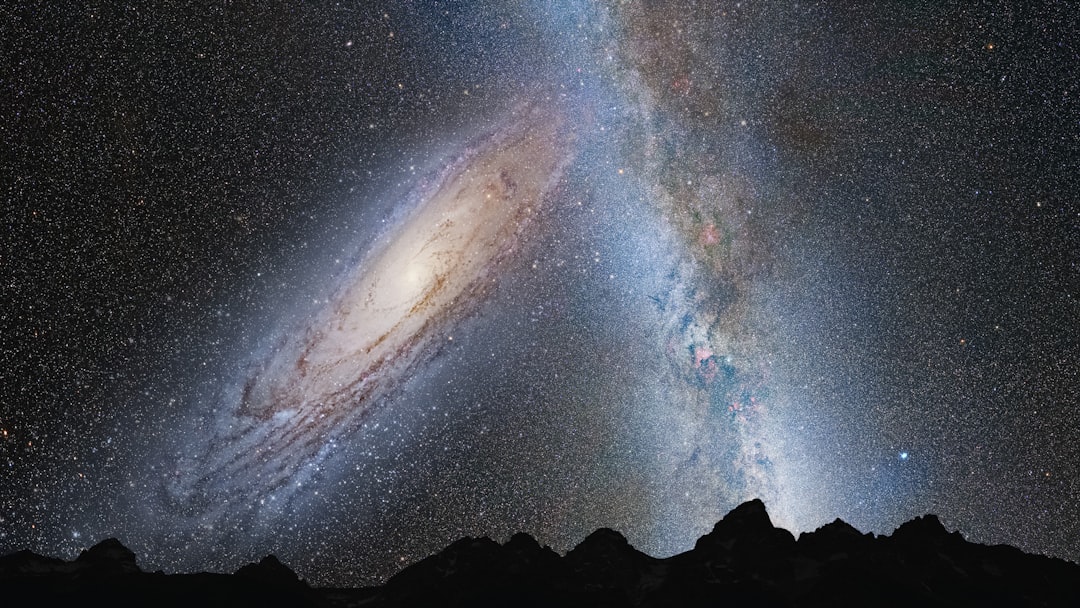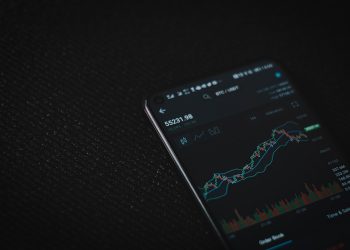No products in the cart.
Harnessing AI in Astronomy: Emerging Careers in Cosmic Data Analysis
AI is transforming astronomy, opening new career paths in data analysis and technology. Explore what this means for future job seekers.
Berkeley, California — Astronomers are increasingly turning to artificial intelligence (AI) to unlock the mysteries of the cosmos. As they grapple with vast amounts of data from space observatories, the demand for skilled professionals in AI-powered astronomy is surging.
This new frontier in astronomy is reshaping career opportunities. The recent merger of AI technology and astrophysics has catalyzed the development of innovative tools that analyze and interpret complex cosmic data. According to a report by the American Astronomical Society, over 70% of astronomers now utilize AI in their research, indicating a significant shift in the field’s operational paradigm.
Recent advancements have made it possible for astronomers to process petabytes of data generated by observatories like the Vera C. Rubin Observatory in Chile. This facility, expected to begin full operations in 2025, aims to survey the entire visible sky every few nights. The scale of data produced is astronomical, necessitating a workforce adept in AI and data science to identify celestial phenomena.
As the field rapidly evolves, new roles are emerging. Positions such as AI data scientists, machine learning engineers, and software developers are now pivotal in the astronomy sector. These professionals will not only enhance research capabilities but also contribute to public engagement initiatives, making space science more accessible. The National Science Foundation projects a 22% increase in demand for data-driven roles in astronomy by 2030.
Current Landscape of AI in Astronomy
The integration of AI into astronomy isn’t merely a trend; it’s a necessity. Traditional methods of data analysis are proving inadequate against the sheer volume and complexity of new astronomical data. AI algorithms can quickly analyze images, detect patterns, and even predict celestial events with remarkable accuracy. For example, the Zwicky Transient Facility uses machine learning to identify transient astronomical events, such as supernovae, in real time.
Positions such as AI data scientists, machine learning engineers, and software developers are now pivotal in the astronomy sector.
In addition to AI’s technical capabilities, its usage promotes collaboration across disciplines. The partnership between computer scientists and astronomers exemplifies the interdisciplinary nature of modern scientific inquiry. This collaboration fosters innovation and leads to more robust research outcomes. Universities and research institutions are beginning to offer specialized programs that blend astrophysics with data science, preparing the next generation of astronomers for a tech-driven future.
However, entering this field requires more than just technical skills. A solid understanding of astrophysics is essential. Many institutions now offer dual-degree programs that combine computer science with astronomy, ensuring graduates are well-rounded and ready to tackle challenges in this evolving landscape.

Moreover, organizations such as NASA and the European Southern Observatory are actively seeking individuals who can bridge the gap between AI and astronomy. Their initiatives focus on training and internships that equip young scientists with the necessary skills. For instance, NASA’s Space Technology Mission Directorate has launched programs aimed at integrating AI into various aspects of space exploration, highlighting the agency’s commitment to fostering a skilled workforce.
The gig economy is also making its mark in this sector. Freelance data analysts and independent researchers are increasingly being sought for short-term projects, particularly in data cleaning and machine learning model development. Platforms like Upwork and Freelancer are seeing a rise in job postings related to astronomy and data science, reflecting a shift toward flexible work arrangements.
Challenges and Opportunities Ahead
While the prospects are promising, challenges remain. The astronomical community must address issues related to data privacy and algorithmic bias. As AI systems are implemented, ensuring that data is handled ethically and transparently is paramount. Moreover, the reliance on AI raises questions about the potential for job displacement among traditional astronomers. However, experts argue that AI will augment rather than replace human expertise, allowing astronomers to focus on higher-level analysis and interpretation.
For instance, NASA’s Space Technology Mission Directorate has launched programs aimed at integrating AI into various aspects of space exploration, highlighting the agency’s commitment to fostering a skilled workforce.
Furthermore, as the use of AI in astronomy expands, so does the need for regulatory frameworks. Policymakers will need to establish guidelines to govern the use of AI technologies in research, ensuring that advancements benefit society as a whole. This presents an opportunity for young professionals to engage in policy discussions and contribute to the shaping of the future landscape of their field.
In conclusion, the intersection of AI and astronomy is not merely a technological advancement; it is a transformative force reshaping career trajectories in the field. With the right education and skill set, aspiring professionals can position themselves at the forefront of this exciting evolution. The next generation of astronomers will be equipped with tools that allow them to explore the universe like never before. As the cosmos beckons, those willing to embrace AI will find themselves on the cutting edge of discovery, ready to unravel the secrets of the universe.











